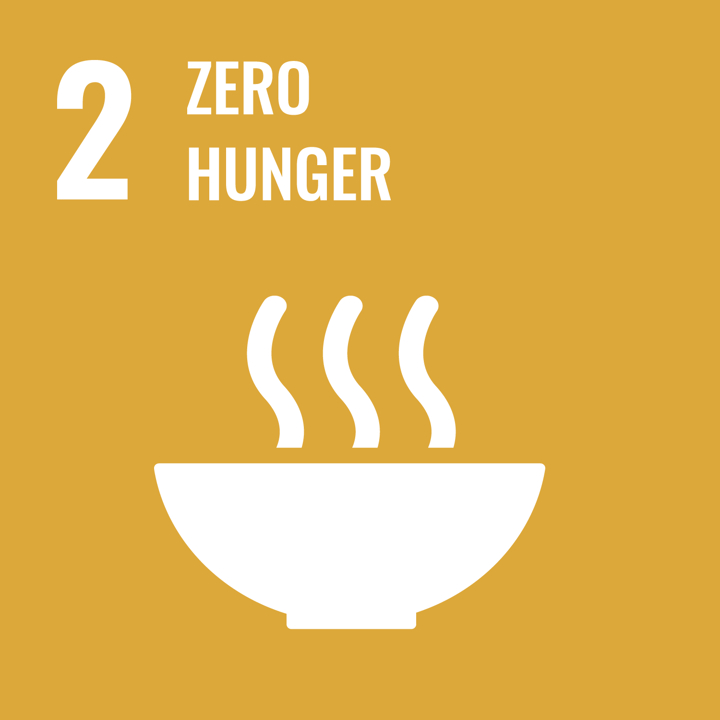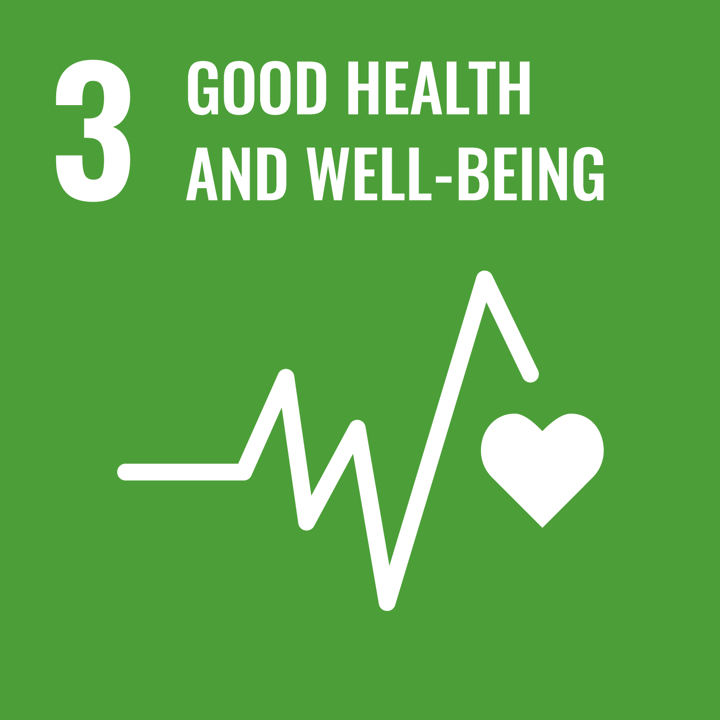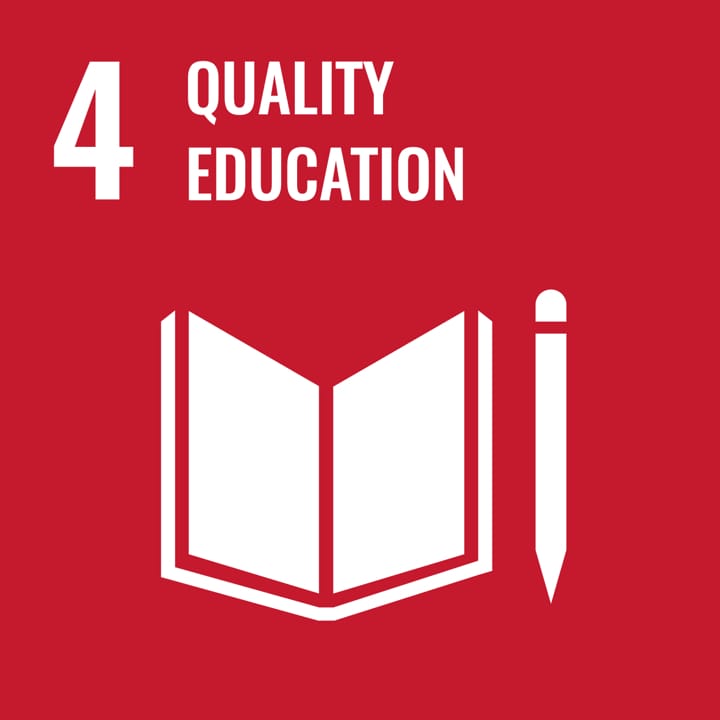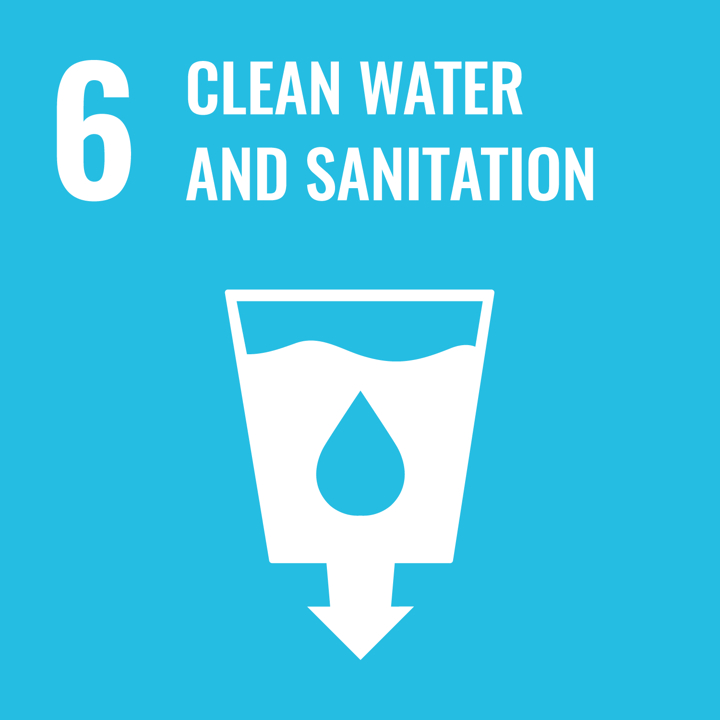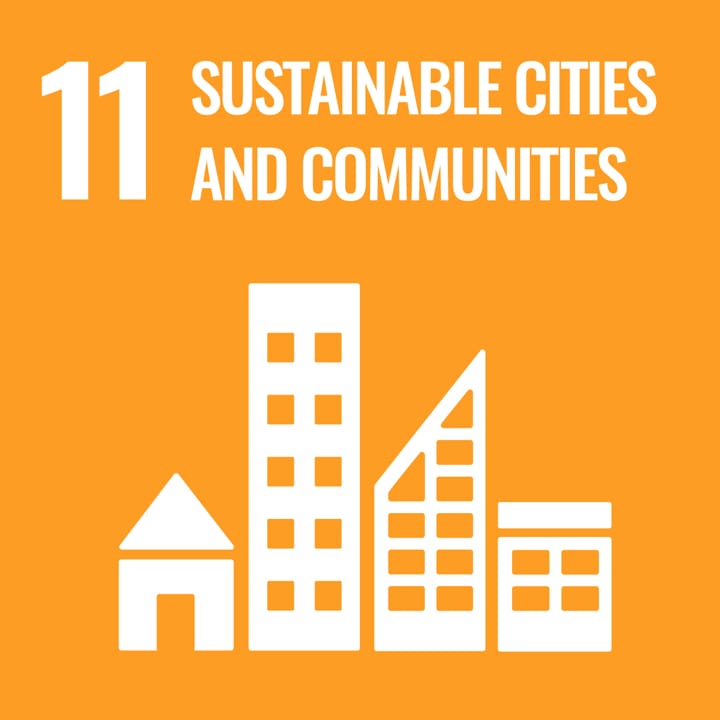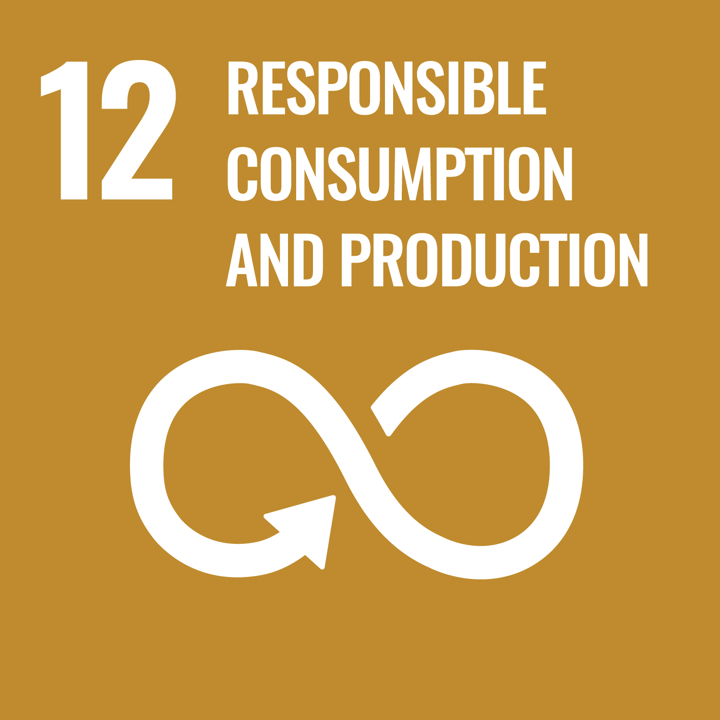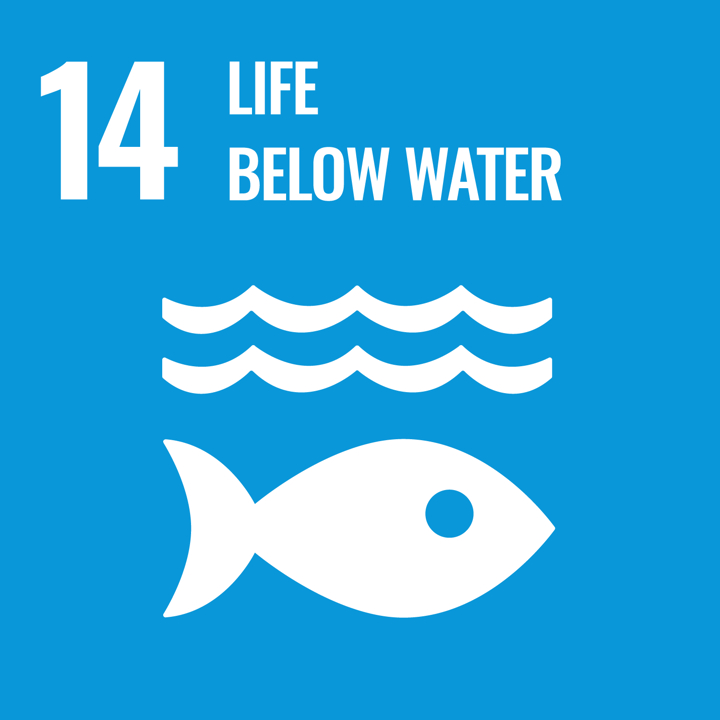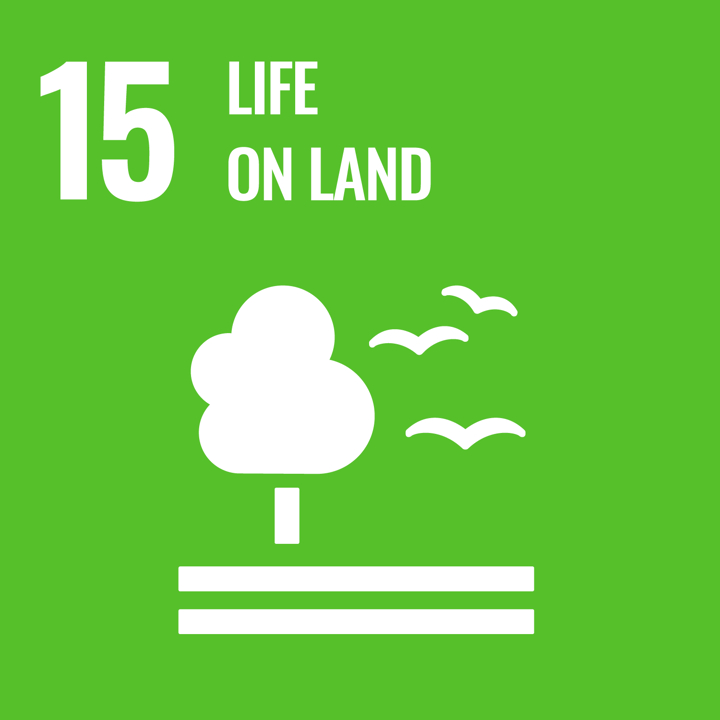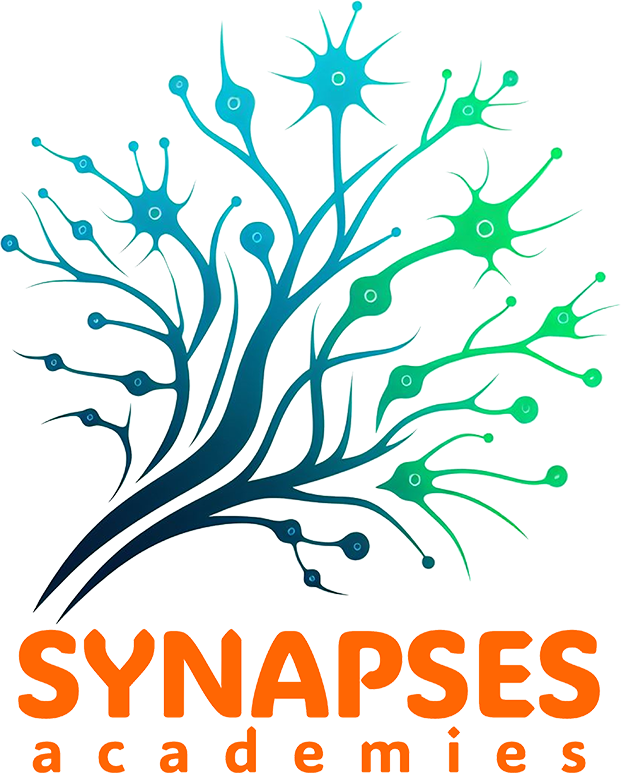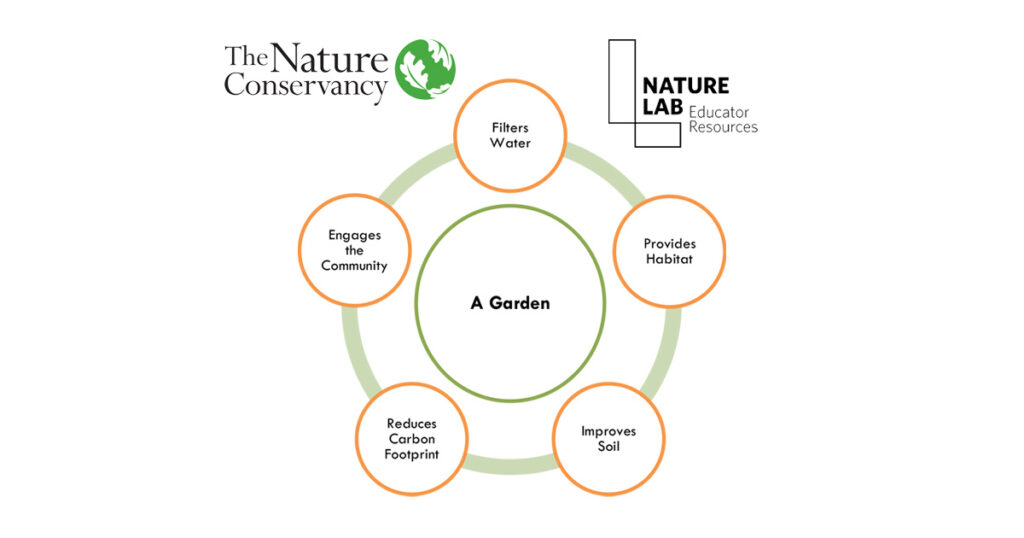
Intended End User: Lärare
Åldersgrupp: Högstadiet; gymnasiet; högstadiet
Läroplan för skolan: Maths; Science; Social, Physical & Health Education; Social & Environment Science
Teman och ämnen: Behaviour & Lifestyle, Collective Action, Environmental Change, Food and Agriculture, Citizenship, Pedagogy Approaches
Varaktighet: 20 hours total but with shorter options.
Typ av resurs: Assessment, Guidelines & Notes, Audio/Video, Lesson Plans, Presentation
Nyckelord: School Garden, Habitat, Soil, Food, Carbon Footprint, Community Garden, Bio-Diversity, Scientific Approach, Place-Based Learning
Språk: engelska: Engelska
Beskrivning
Syftet med den här aktivitetsguiden är att lära eleverna de ekologiska funktioner som finns i alla naturliga system och modellera hur dessa funktioner utförs av ett naturområde som en trädgård.
Many elements are interconnected and function together to create the natural and productive living system that is your garden. This series of resources and lessons plans start with a general overview of the interconnected systems within a garden, with supporting video resources and activities.
Building on from this introduction, more details and practical lesson plans are provided focusing on key areas of habitat, soil quality, carbon footprint and community engagement. Each set of lessons adopts a scientific approach to exploring, engaging and evaluating achievements and learning outcomes.
Så här använder du den här resursen
This series of resources for teachers focuses around the school garden as a learning environment for students and community. Following an introductory series of classes into the interrelated living systems of a school garden, detailed action-orientated lesson plans with supporting resources guide the teacher and students through an exploration of aspects of the garden; soil, habitat, food and carbon footprint and community. Throughout the themed explorations, emphasis is put on gathering data, analysis, decision making, action taking and evaluation.
The resources start with an exploration of the garden systems, building a deeper understanding of the important interrelationships between each system towards a healthy and sustainable environment. The global perspectives and drivers inform the local examination and informed action.
Each set of lesson plans is built around clear learning objectives and pedagogic approaches to encourage curiosity and literacy in scientific and environmental terms. Each set of lesson plan learning objectives is structured under knowledge, comprehension, application, analysis, synthesis and evaluation headings for students to achieve.
Implementation of these resources would require an interdisciplinary approach and engagement with local community stakeholders.
The resources are a good example of how a school garden can be utilised to support student learning and engagement in SC. There is scope for teacher to reflect on their own practice and context to adapt and implement resources in their own schools.
Within each series of lessons plans there is space to evaluate the effectiveness of the school garden under each themed lens. There is also built in self-reflection and self-evaluation for students within lesson plans.
Resurserna
Garden Lesson Plans: Living Systems (PDF):
Building on from this introduction, more details and practical lesson plans are provided focusing on key areas of:
Each set of lessons adopts a scientific approach to exploring, engaging and evaluating achievements and learning outcomes.
This resource has been developed by Nature Lab, The Nature Conservancy’s youth curriculum platform. It is shared on the Synapses Teacher Academy Portal with kind permission from Nature Conservancy.
Other Resources:
Additional resources are available on how to build a garden and additional lesson plans in this series by following this link:
For additional educational resources from Nature Lab, click the link below:
To find out more about the great work done by Nature Conservancy, follow the links:
Lärandemål
- Ta reda på förkunskaper och vidareutveckla kunskapen om och förståelsen för viktiga nyckelbegrepp inom hållbart medborgarskap genom att utmana etablerade världsbilder och värderingar.
- Apply a range of suitable tools and frameworks to promote student Sustainability Citizenship.
- Reflektera över praxis och granska nationella läroplaner för att identifiera möjligheter att främja hållbarhetsmedborgarskap på tvärvetenskapliga sätt och samarbeta med externa intressenter.
- i samarbete syntetisera kunskap, verktyg och ramverk för att skapa utbildningsmaterial och lektionsplaner som är anpassade till deras eget lokala sammanhang
- Utveckla och tillämpa bedömningskriterier för att utvärdera studenternas hållbarhetsmedborgarskap.
Gröna kompetenser
- Förankring av hållbara värderingar: Valuing Sustainability; Promoting Nature
- Att ta tillvara komplexitet inom hållbarhet: Systemtänkande; kritiskt tänkande; problemformulering
- Att föreställa sig en hållbar framtid: Anpassningsförmåga; Utforskande tänkande
- Agera för hållbarhet: Kollektivt agerande; individuellt initiativ
Creative Commons

This resource has been developed by Nature Lab, The Nature Conservancy’s youth curriculum platform. It is shared on the Synapses Teacher Academy Portal with kind permission from Nature Conservancy.
Globala mål för hållbar utveckling
